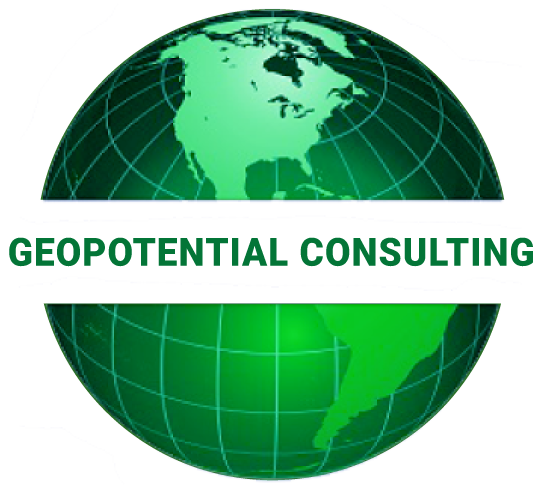What is LEED?
Leadership in Energy and Environmental Design (LEED), developed by the non-profit U.S. Green Building Council (USGBC), is a certification program focused primarily on new, commercial-building projects and based upon a points system for certification. It is the most widely used green building rating system in the world and is actually available for all kinds of building, community and home project. LEED contains a set of rating systems for the design, construction, operation, and maintenance of the green buildings, that aims to help building owners and operators to be environmentally responsible and use resources efficiently. This certification is a globally recognized symbol of sustainability achievement. Buildings can be qualified for four different levels of certification: Certified, Silver, Gold and Platinum, depending on the points earned. The Empire State Building in New York is one of the world’s most iconic LEED certified building at the Gold level. Another remarkable LEED certified building is the Chinatown Public Library in Chicago, which uses low energy LED lighting and radiant heating and cooling system.
What are the benefits of LEED Certification?
There are a number of answers to this. First and most importantly, it saves money in the long run. According to the World Green Building Council, green buildings achieving LEED certification in the US and other countries have been shown to consume 25 per cent less energy and 11 per cent less water than non-LEED certified buildings. Additionally, if your building meets LEED standards, it is very likely that you may be eligible for certain government tax credits. Moreover, Buildings that are built and operated in ways that are not environmentally-friendly often contain unhealthy indoor environments. Many of the people that work in such environments for a period of time would not feel well due to what’s known as “Sick Building Syndrome”. Sick building syndrome causes absenteeism and a drop in productivity, this is why creating a healthy indoor environment is very essential. The healthier your indoor environment is, the more comfortable it will be. Last but not least, LEED certification is a great marketing tool too. A building with LEED certification, at any level, shows a vested interest from ownership. It shows that the building is updated (if not brand new) in order to run efficiently and help save tenant’s utility costs. Having the certification shows that thought, care and capital were put into the building and its effect on the environment and its occupants. This can be attractive to potential tenants or buyers.
The main concern of getting LEED certification, however, is probably the fact that it adds costs to construction. The program is funded in large part by building owners paying large sums for certification. The minimum cost for certifying a building is approximately $2,900, but the price tag quickly jumps for bigger projects. Office buildings and hospitals can cost upwards of approximately $1 million just to be LEED certified. Even though it is expensive and difficult to be LEED certified, for all the benefits it can bring, it might be worth the initial capital investment, many times over.
We at GeoPotential Consulting pride ourselves to be an LEED compliant firm, with LEED certified engineers on board assisting with and designing solutions for a greener world.


Recent Comments